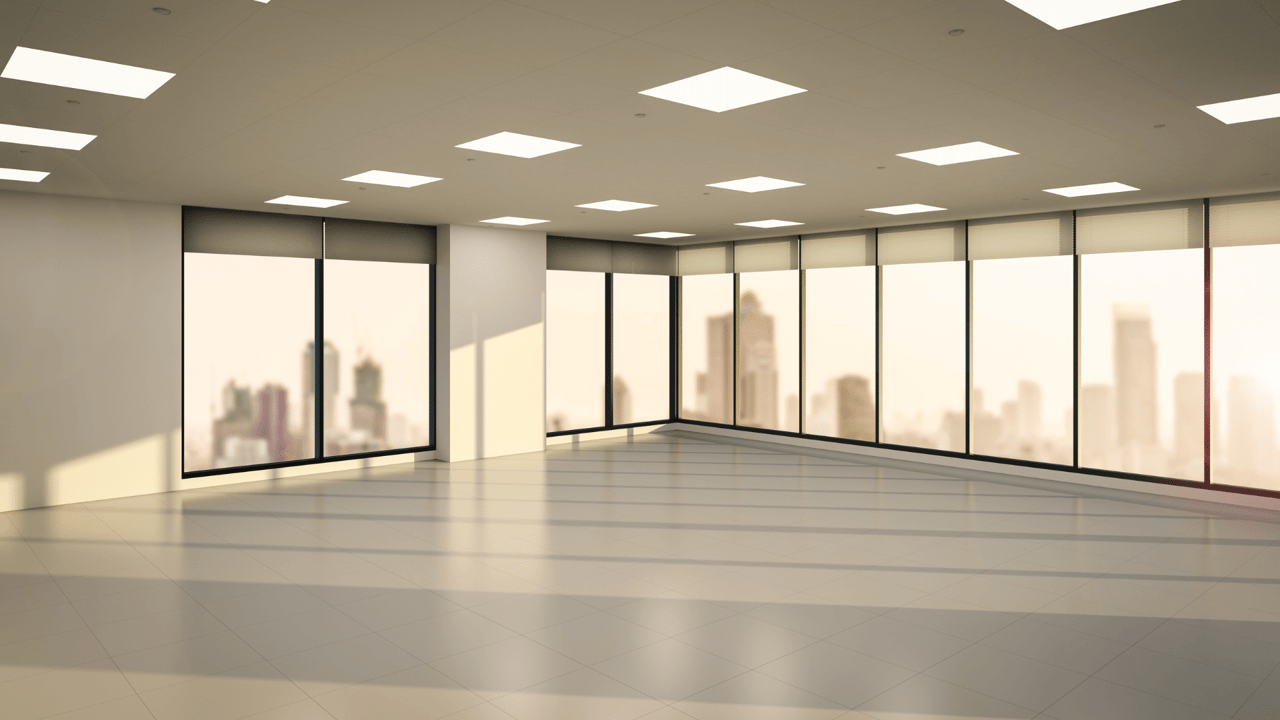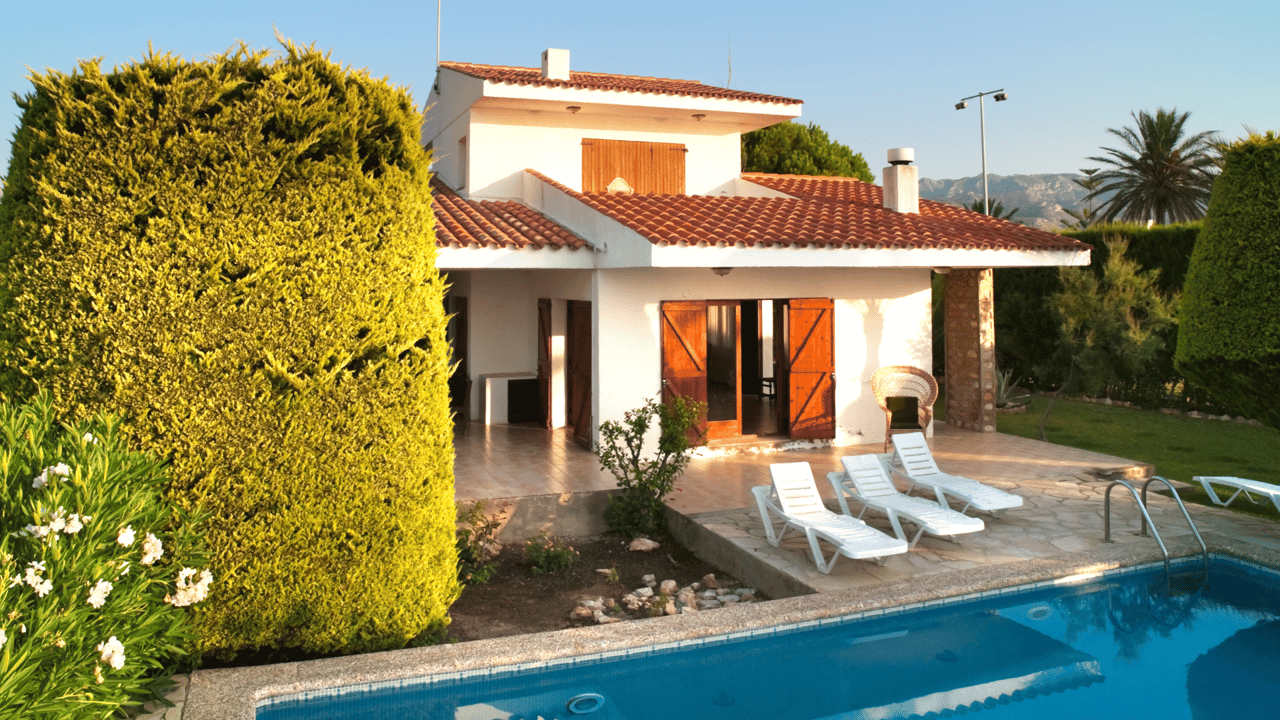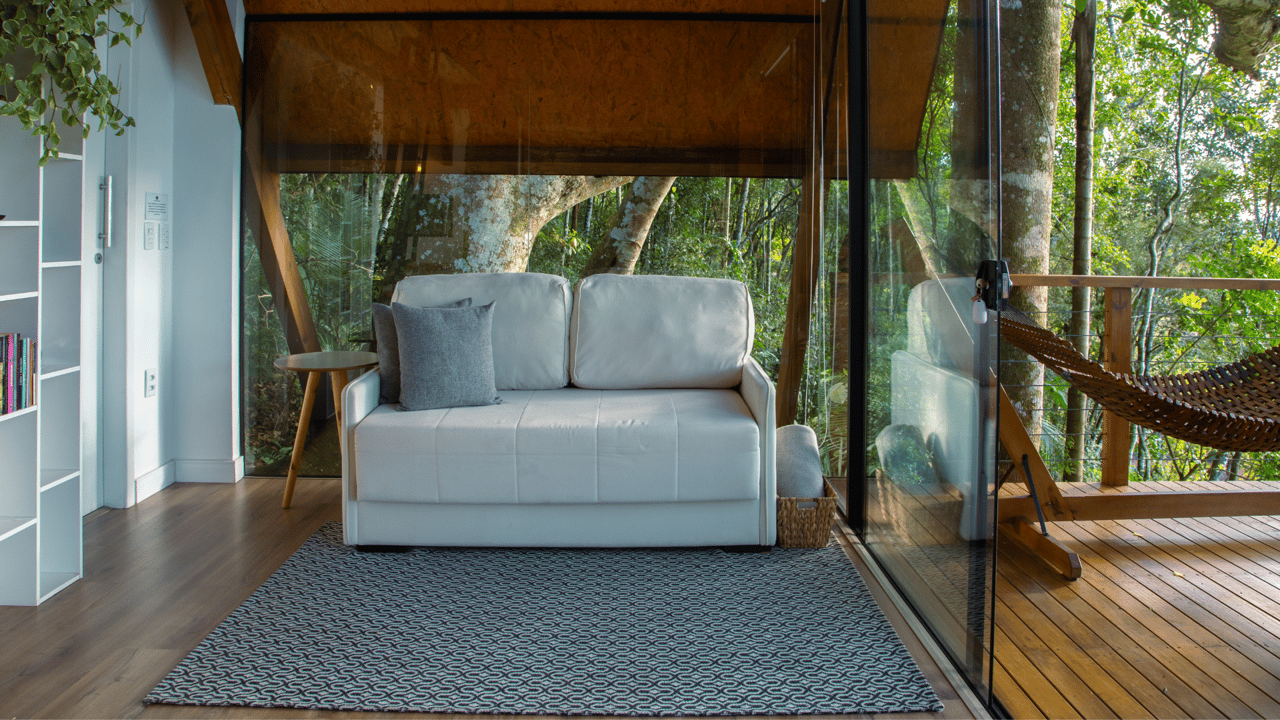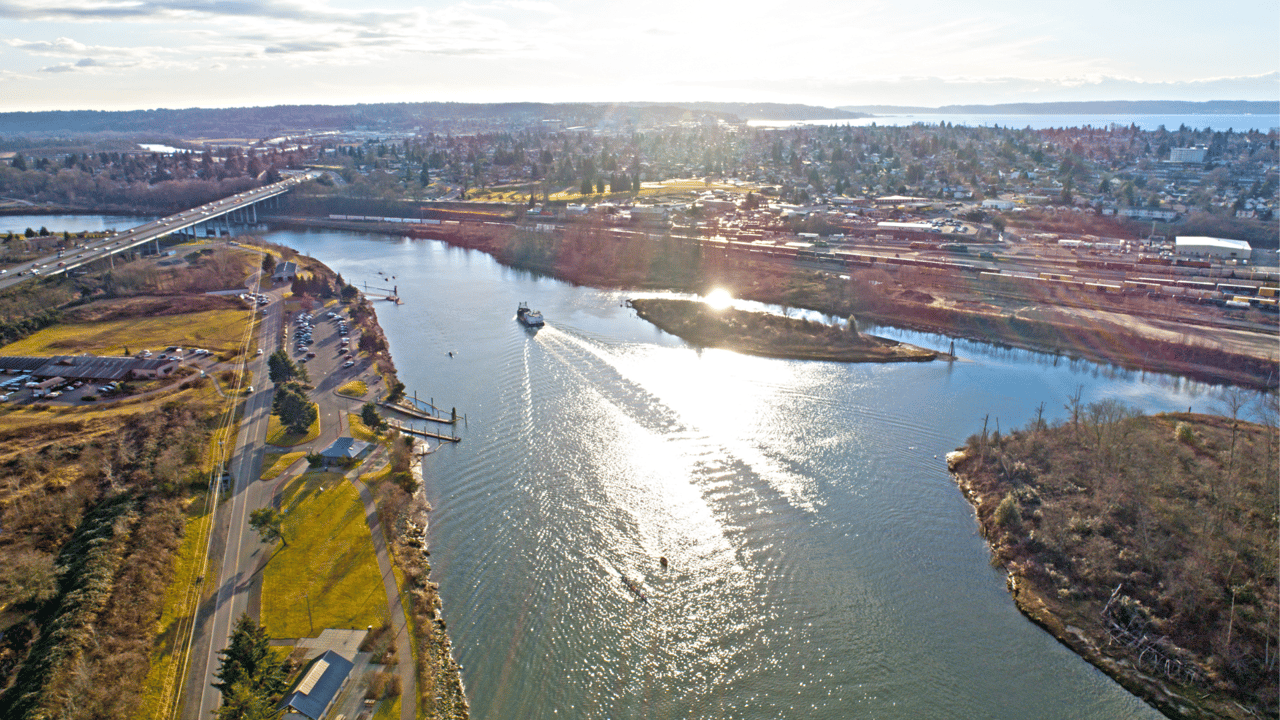Seattle has a lot of office space that is not being used because many people are working from home. The city is asking for ideas on how to turn some of these office spaces into homes or other uses that would make the downtown area more lively and attractive.
According to the Seattle Office of Planning and Community Development (OPCD), you can send your ideas to the city by following these steps:
Teams must be a property owner or building owner in the downtown core (view this area map) and a design or development firm. Additional community, not-for-profit, and business partners are an added benefit. Submissions requirements must include:
- Your building’s typical existing floorplate, and that same floorplate after a proposed conversion from a nonresidential use to a residential use. Include a typical residential unit floor plan. Describe the segment of the housing market your proposal would seek to serve.
- Two visualization images of the project including a ground floor external image of how the project contributes to the streetscape and public realm at the ground floor where the building meets the sidewalk.
- A rough order of magnitude of the conversion total combined hard and soft costs and associated per square foot construction costs, and a rough order of magnitude estimation of rent or income generated from the converted space.
- Incentives the City of Seattle might provide or potential code/policy changes that would make it easier or more desirable for your team to complete the project.
Submissions are required in both physical and digital formats. The submission portal will open soon.
Physical Format Submissions
Exhibition boards will be displayed on easels at the Seattle Convention Center, mounted to gallery walls at the Center for Architecture and Design, and in other spaces as needed.
- Up to two 48 inches wide x 36 inches tall foam core mounted boards will be accepted.
- To maintain a cohesive final presentation of all submitted ideas, follow the recommended type sizes and spaces delineated within the template to demonstrate how your idea meets the listed criteria. Downloadable templates contain margins, type specifications, and required footer information.
- Label boards with project primary contact name and indicate 1 of 2 and 2 of 2. Click on images below to enlarge.
- Deliver to Seattle City Hall, 600 Fourth Avenue, Lobby Security Desk (Visiting City Hall)
Exhibition boards are due by 4:00 p.m. on Friday, May 12, 2023.
Digital Format Submissions
In addition to the exhibit spaces described, we will showcase the submitted ideas on our website, social media, in slideshows, and in wire-bound 11x17 sized booklets. Submit digital files for this and scale down the images prepared for the Exhibition boards to the following specifications:
- Wide format, 16:9 ratio (1920x1080 pixels)
- Rgb color space
- 150 dpi preferred (up to 300 dpi)
- PDF files are preferred. Eps and jpg also acceptable.
- Name files with [Submitters Name]_1of2.[filetype] and [Submitters Name]_2of2.[filetype].
For Example: ABCreate_1of2.pdf, ABCreate_2of2.pdf - Email your submission to [email protected].
Digital submission accepted through 11:59 pm, Friday, May 12, 2023.
Evaluation Criteria
Submissions will be evaluated by a jury of community member experts. The jury will score proposals according to the five criteria with a maximum of 20 points in each category. Additional considerations may be considered by the jury to further distinguish proposals.
- Potential for Action: The submission has a likelihood of implementation and a realistic potential to be built, with the right support.
- Innovative Thinking: The submission demonstrates creativity and outside of the box thinking.
- Downtown Activation: The submission would contribute to downtown vitality and would have a regenerative economic influence.
- Housing Impact: The submission would provide a meaningful contribution towards housing – in terms of the quantity, type, or affordability of homes that would result.
- Centers Racial Equity: The submission would not disproportionately impact communities of color, and has potential to provide housing or other support to BIPOC community members in specific and tangible ways.
Additional Considerations
- Exploration of alternative residential models
- Inclusion of economically viable strategies for successfully activating the street level including activation by art and cultural uses.
- Solutions can propose conversion to uses in addition to residential, but housing should be the primary use.
THE SUBMISSION PORTAL WILL OPEN SOON.





